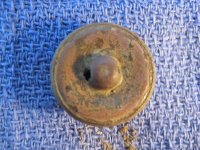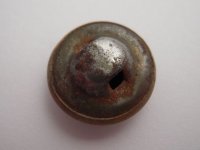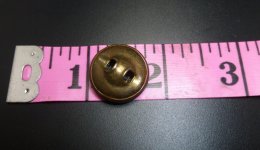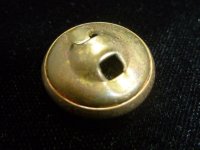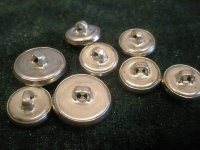Fishin-4-a-Livin
Jr. Member
- Dec 4, 2021
- 41
- 80
- Detector(s) used
- XP Deus
Minelab Excal II
Garrett ATX
Garrett AT Pro
I posted this in the ”Button“ section, without much luck.
I took some better pictures. I’m hoping someone could give me a clue as to the approximate time period this may have come from. I have searched every button image I could find on the internet.
From my research, it has a ”self shank” on the back. But my research has been known to be faulty before, lol. So not really sure what type it is.
I guess my biggest question is, judging by the pictures, could this be very early 1800s?
The design on top is slightly misshapen.




Thanks for the help!!
I took some better pictures. I’m hoping someone could give me a clue as to the approximate time period this may have come from. I have searched every button image I could find on the internet.
From my research, it has a ”self shank” on the back. But my research has been known to be faulty before, lol. So not really sure what type it is.
I guess my biggest question is, judging by the pictures, could this be very early 1800s?
The design on top is slightly misshapen.
Thanks for the help!!


